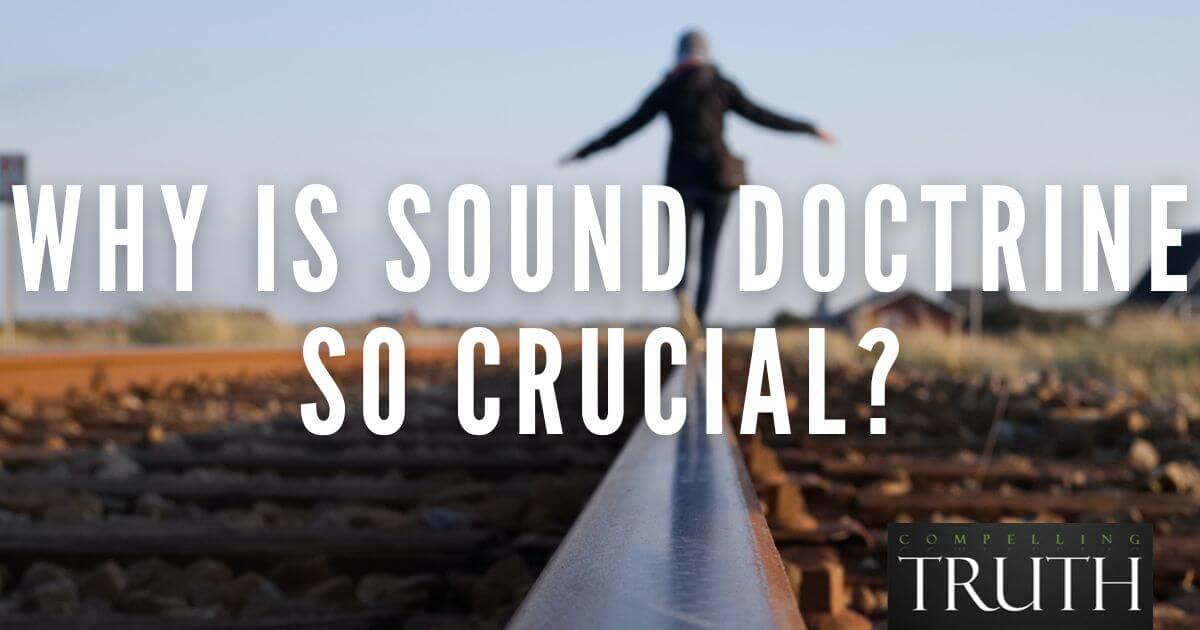The Restoration Movement (part of a larger movement called Restorationism) began in the early 1800s when a group of church members from a variety of denominations gathered together to return to what they considered the basics of Christianity. The goal was to break away from existing denominations to form a new group of churches based on the teachings of the Bible with Jesus Christ as the founder.
Early leaders of the Restoration Movement in America included Alexander Campbell and Barton W. Stone. The followers of these two men would eventually divide and form two groups now known as the Church of Christ and the Christian Church. Many subgroups and loosely-connected groups have also since emerged from this movement. Some of the most well-known additional group include Disciples of Christ, Churches of Christ Australia, Associated Churches of Christ New Zealand, and United Reformed Church in the United Kingdom.
Some key teachings found in the Restoration Movement include the rejections of most formal creeds, the rejection of denominational names, and the focus on elders as church leaders. Though many notable positives have come from this movement, its history also includes some concerning or controversial teachings.
For example, most churches affiliated with the Restoration Movement reject the teaching that a Christian is eternally secure. In other words, they would teach that a Christian can lose his or her salvation based on works. While works are important, the Gospel message of the New Testament is based on grace alone through faith alone in Jesus Christ alone (Ephesians 2:8-9).
Another concern is that some restoration churches teach baptism is a requirement for salvation. Again, while important (Matthew 28:19-20), salvation is by faith alone. Many refer to the thief on the cross as a clear example of a person who came to faith in Jesus and was promised eternity with Him though the man was never baptized (Luke 23:43).
Many churches affiliated with the Church of Christ (one of the early and larger branches of the Restoration Movement) also teach that musical instruments are not to be used in church worship. However, this is nowhere directly taught in the Bible. In contrast, Psalm 150 refers to using every instrument possible to praise God. Jesus and His disciples would have attended the Jewish holidays in Jerusalem where musical instruments were used. Revelation 15:2 also mentions harps that will be given out by God, a move that seems to indicate God's approval of using musical instruments.
While the Restoration Movement has included many benefits to those who have been involved in its churches, it is not without some concerning areas of dispute that have been a part of its history and contemporary efforts.
Early leaders of the Restoration Movement in America included Alexander Campbell and Barton W. Stone. The followers of these two men would eventually divide and form two groups now known as the Church of Christ and the Christian Church. Many subgroups and loosely-connected groups have also since emerged from this movement. Some of the most well-known additional group include Disciples of Christ, Churches of Christ Australia, Associated Churches of Christ New Zealand, and United Reformed Church in the United Kingdom.
Some key teachings found in the Restoration Movement include the rejections of most formal creeds, the rejection of denominational names, and the focus on elders as church leaders. Though many notable positives have come from this movement, its history also includes some concerning or controversial teachings.
For example, most churches affiliated with the Restoration Movement reject the teaching that a Christian is eternally secure. In other words, they would teach that a Christian can lose his or her salvation based on works. While works are important, the Gospel message of the New Testament is based on grace alone through faith alone in Jesus Christ alone (Ephesians 2:8-9).
Another concern is that some restoration churches teach baptism is a requirement for salvation. Again, while important (Matthew 28:19-20), salvation is by faith alone. Many refer to the thief on the cross as a clear example of a person who came to faith in Jesus and was promised eternity with Him though the man was never baptized (Luke 23:43).
Many churches affiliated with the Church of Christ (one of the early and larger branches of the Restoration Movement) also teach that musical instruments are not to be used in church worship. However, this is nowhere directly taught in the Bible. In contrast, Psalm 150 refers to using every instrument possible to praise God. Jesus and His disciples would have attended the Jewish holidays in Jerusalem where musical instruments were used. Revelation 15:2 also mentions harps that will be given out by God, a move that seems to indicate God's approval of using musical instruments.
While the Restoration Movement has included many benefits to those who have been involved in its churches, it is not without some concerning areas of dispute that have been a part of its history and contemporary efforts.



